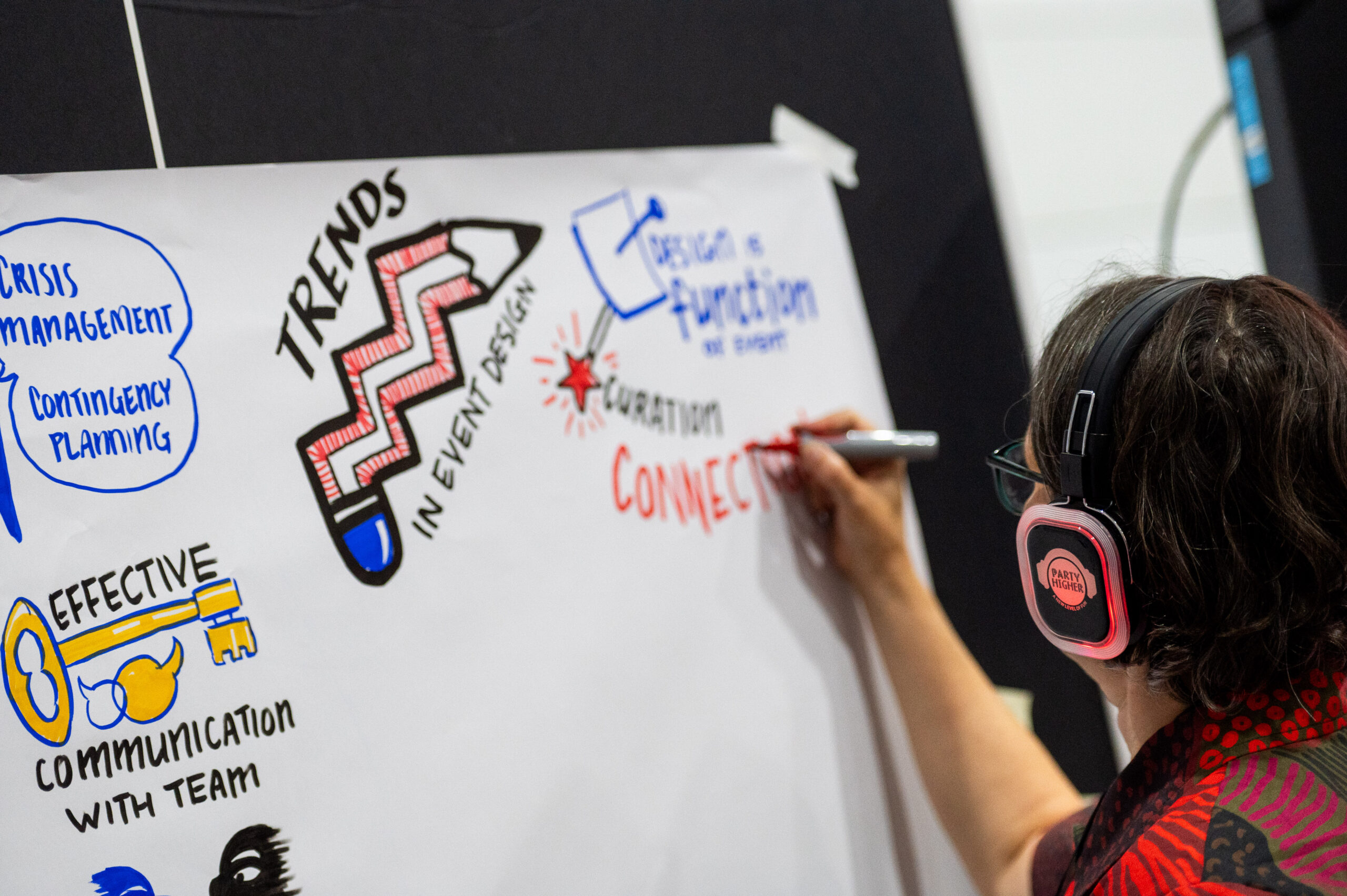In today’s fast-paced world of conferences, summits, and virtual meetings, finding effective event engagement tools is crucial for creating meaningful audience experiences. With countless apps and interactive platforms on the market, one powerful tool continues to stand out for its impact, memorability, and versatility: graphic recording.
What is Graphic Recording?
Graphic recording, also known as visual note-taking or live scribing, is the process of visually capturing key messages and ideas in real time during a presentation, meeting, or event. A skilled graphic recorder listens actively and translates spoken content into a combination of visuals, symbols, keywords, and diagrams—either on paper, a whiteboard, or a digital screen.
This visual summary helps audiences grasp complex topics quickly, and it keeps them engaged from start to finish. Learn more about graphic recording here.
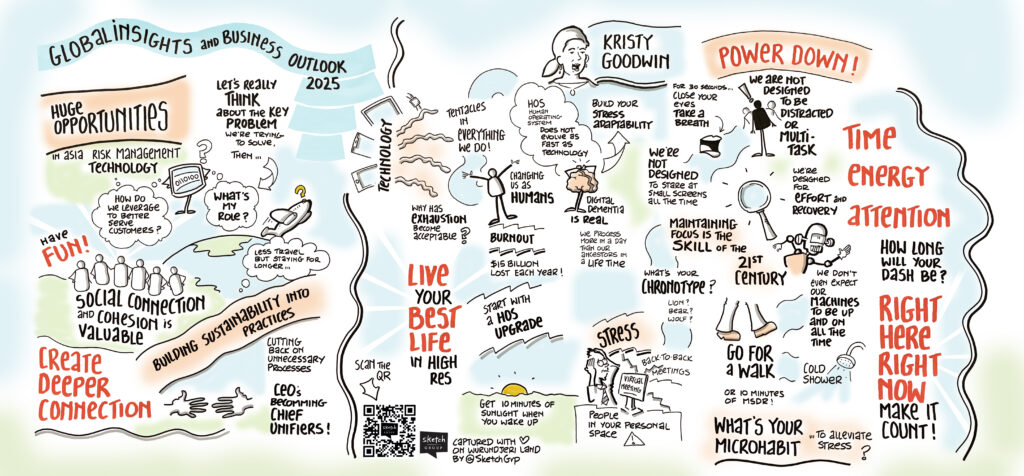
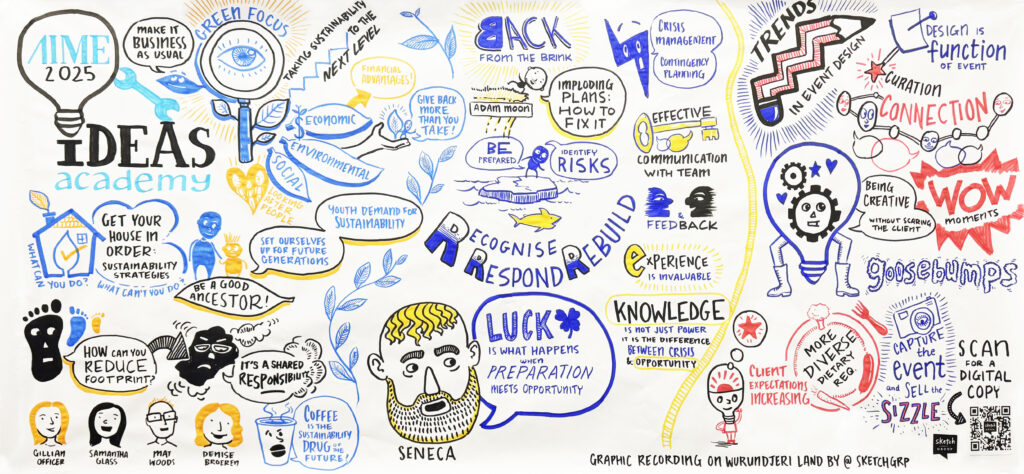
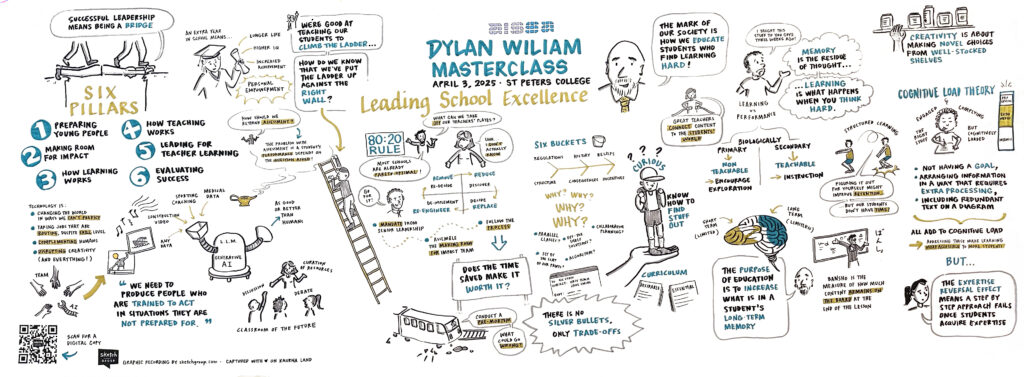
Why Graphic Recording is a Top Event Engagement Tool
If you’re exploring the best interactive conference solutions or looking to boost live event engagement, here’s why graphic recording deserves a place at the top of your list:
1. Visual Storytelling Captures Attention
People are naturally drawn to visuals. Live drawings unfolding in real time offer a dynamic focal point that breaks the monotony of back-to-back presentations. Visual storytelling transforms spoken content into an illustrated narrative, helping audiences connect emotionally and intellectually.
2. Improves Comprehension and Retention
Graphic recording activates both visual and auditory learning pathways. Research shows that people remember more when information is presented visually. Attendees walk away not just with ideas—they walk away remembering them.
3. Encourages Participation and Engagement
Unlike static slides, graphic recording responds in real time to what’s happening in the room. Attendees see their questions, insights, and comments reflected visually, making them feel heard and encouraging greater interaction and dialogue.
4. Supports Diverse Learning Styles
Not all attendees process information the same way. Visual content is especially helpful for neurodiverse audiences, visual learners, and people with language or hearing barriers. Graphic facilitation enhances accessibility and inclusivity across the board.
5. Creates Lasting Event Takeaways
Unlike clicker poll results or fleeting social media mentions, graphic recordings live on. They can be repurposed for post-event marketing, internal reporting, social media content, and newsletters—extending the life and reach of your event’s key messages.
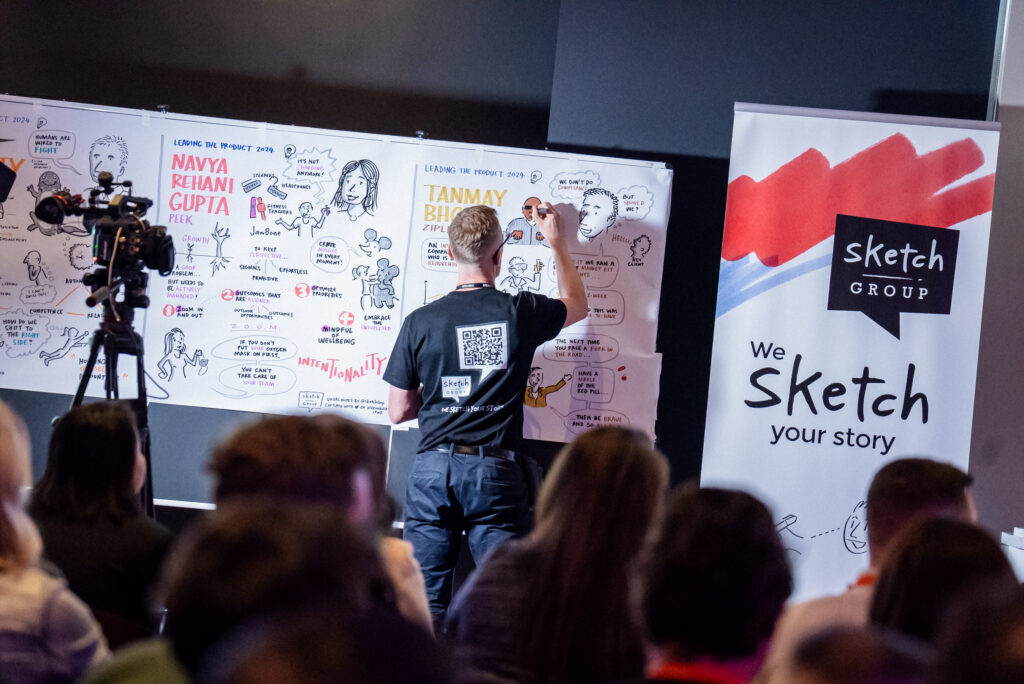
Graphic Recording: More Than Just Art
While it may look like simple drawing, graphic recording for events is a strategic communication tool. It blends active listening, design thinking, and summarisation to help organisations simplify complex information and align stakeholders.
Whether you’re hosting a leadership retreat, hybrid conference, public consultation, or community forum, visual scribing helps turn passive attendees into active participants.
Want to make the most of your visual notes? Learn how to get more value from your graphic recording in this article.
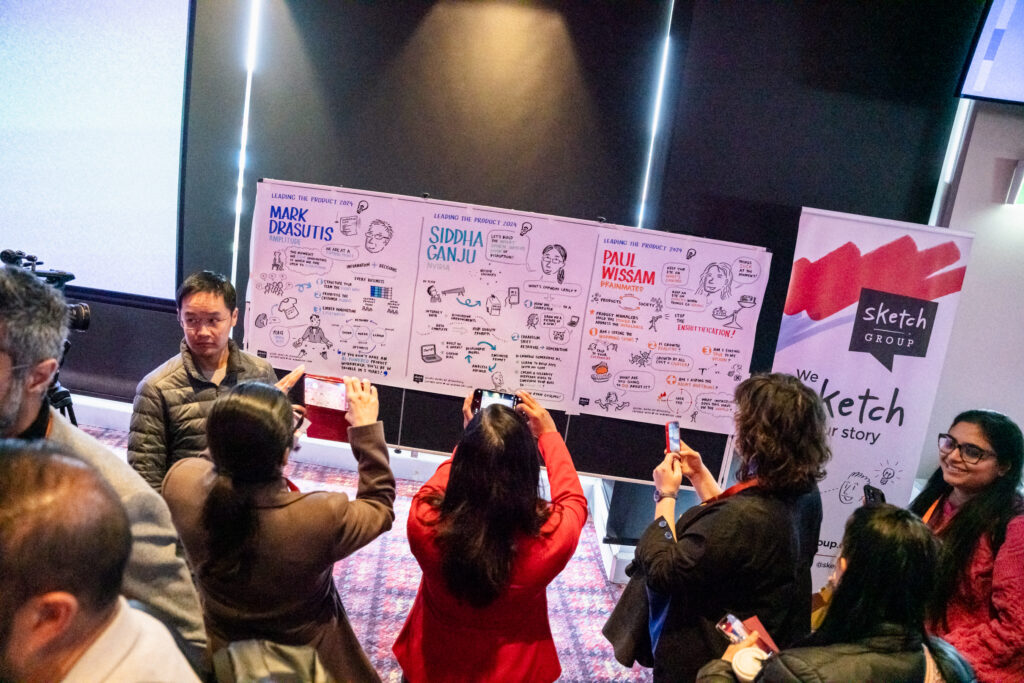
Ready to Enhance Your Next Event?
If you’re planning your next conference or corporate workshop and want an engagement tool that combines creativity with strategy, consider hiring a graphic recorder. It’s one of the most powerful and underused tools in the event planner’s toolkit—and it might just be the element your event has been missing.

